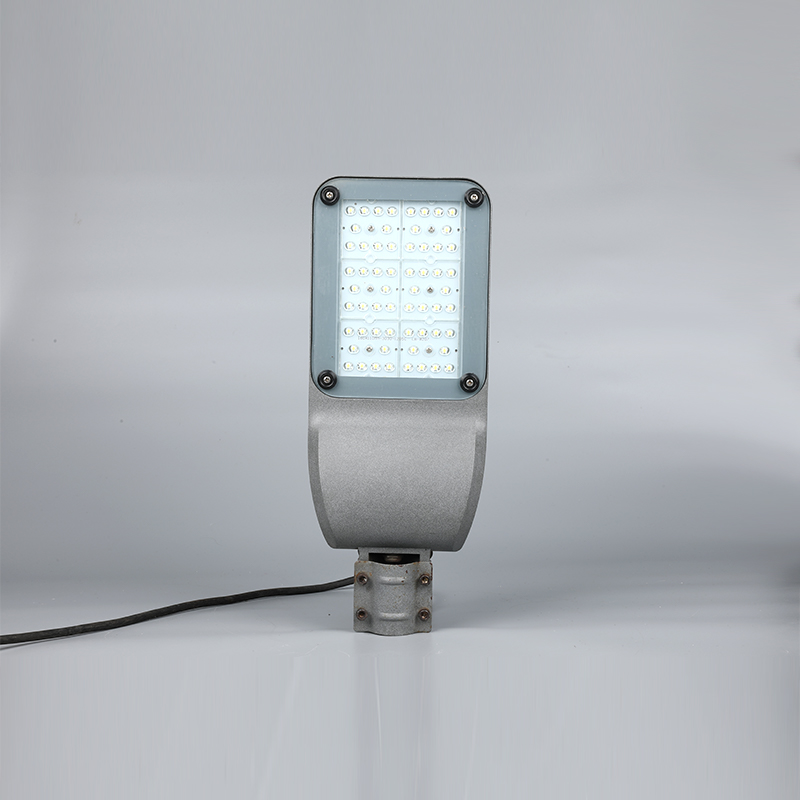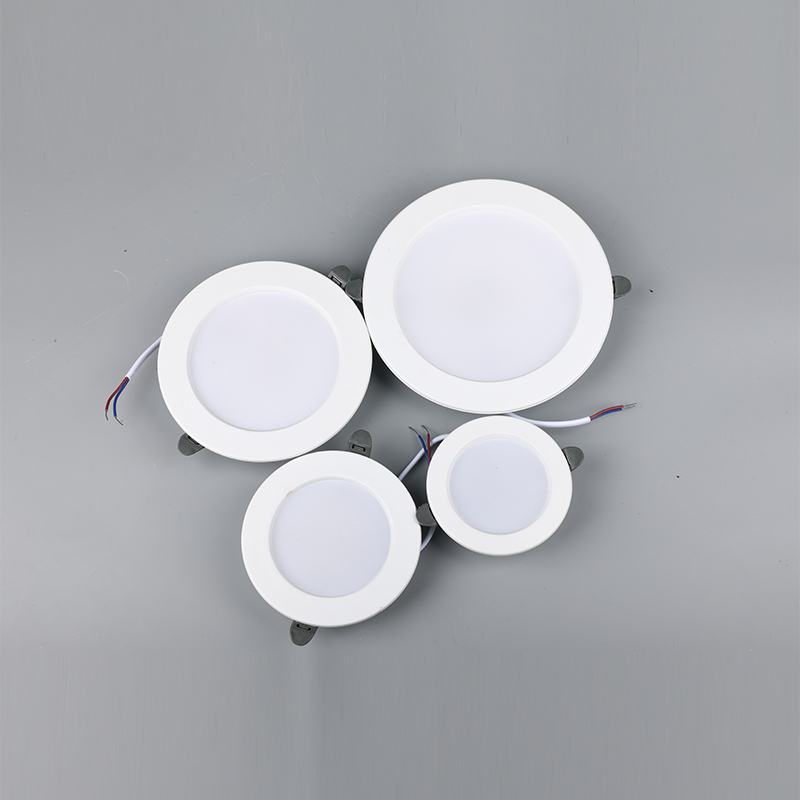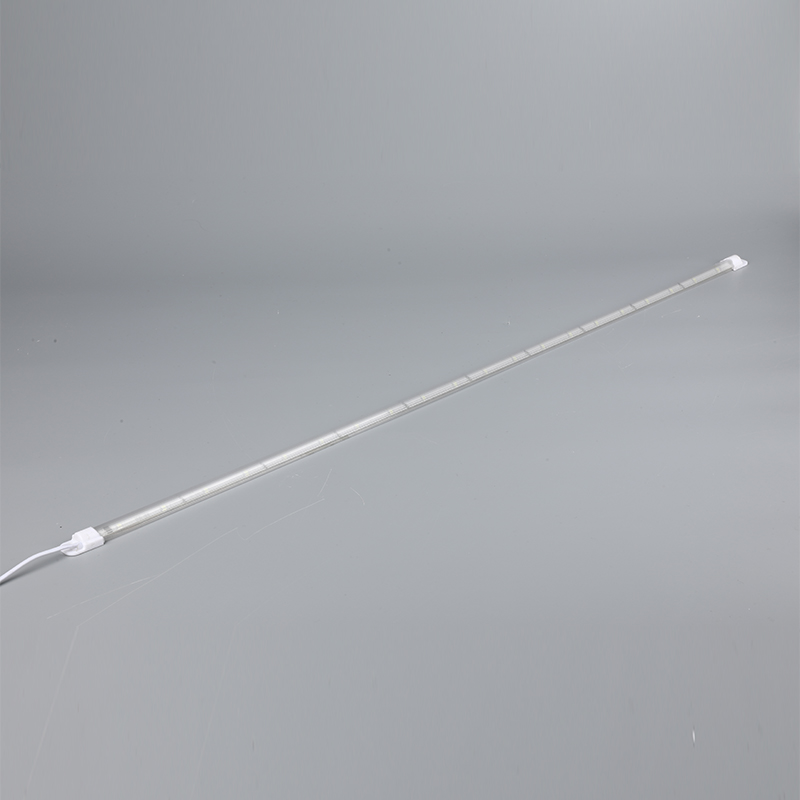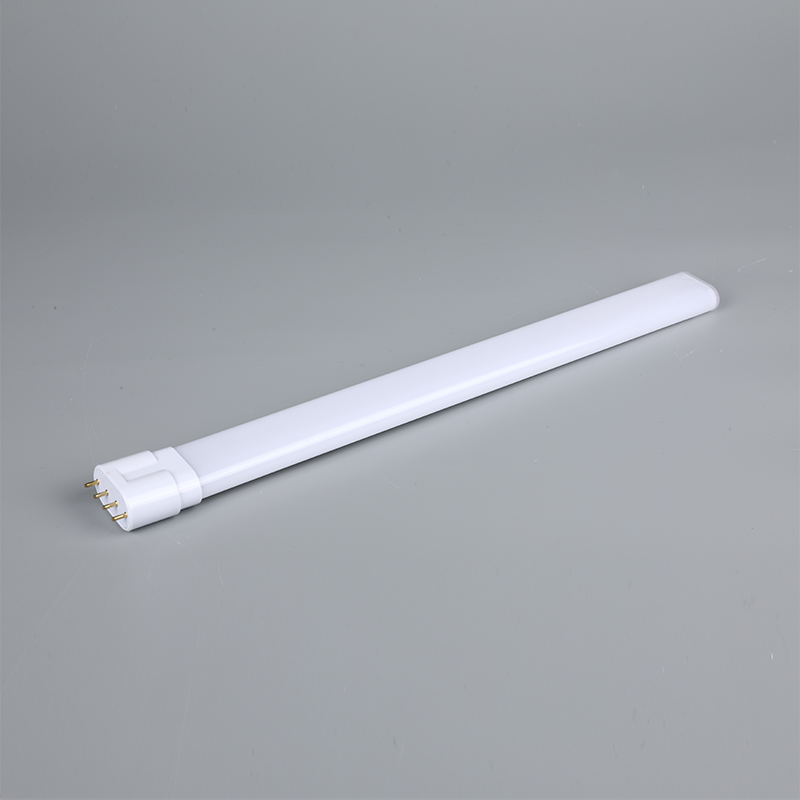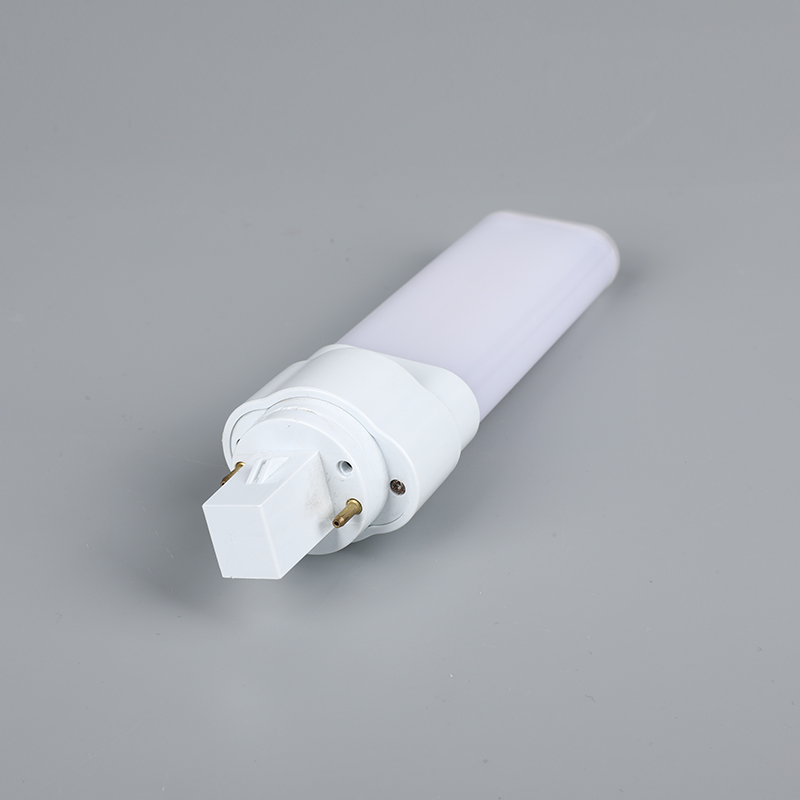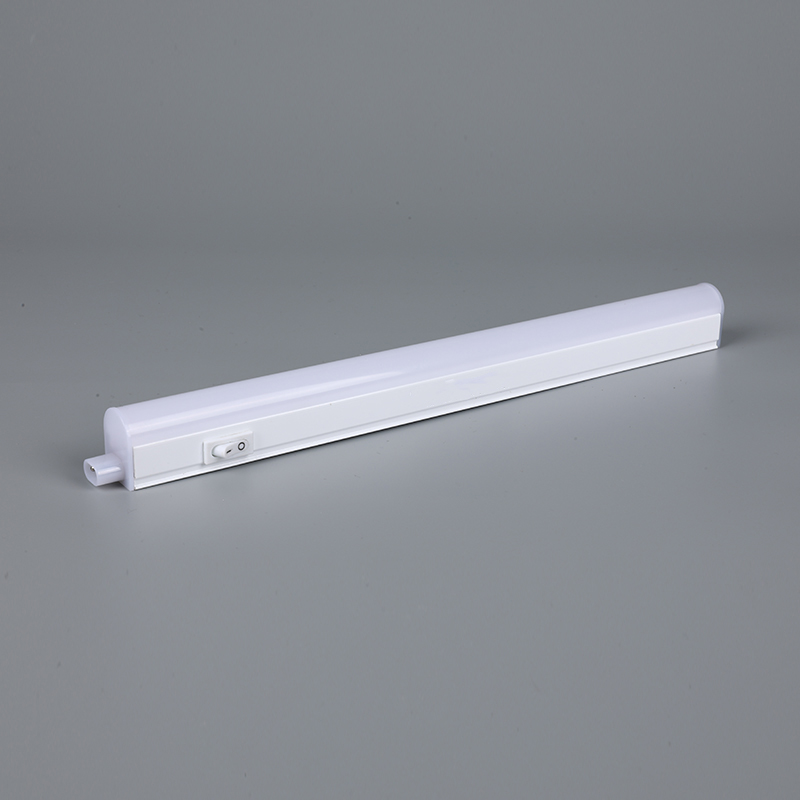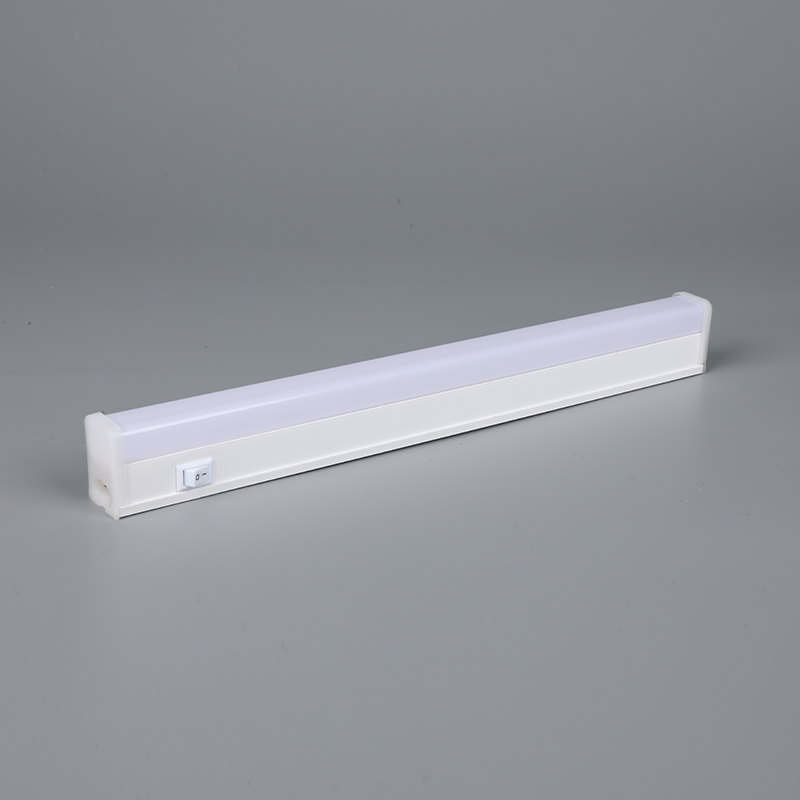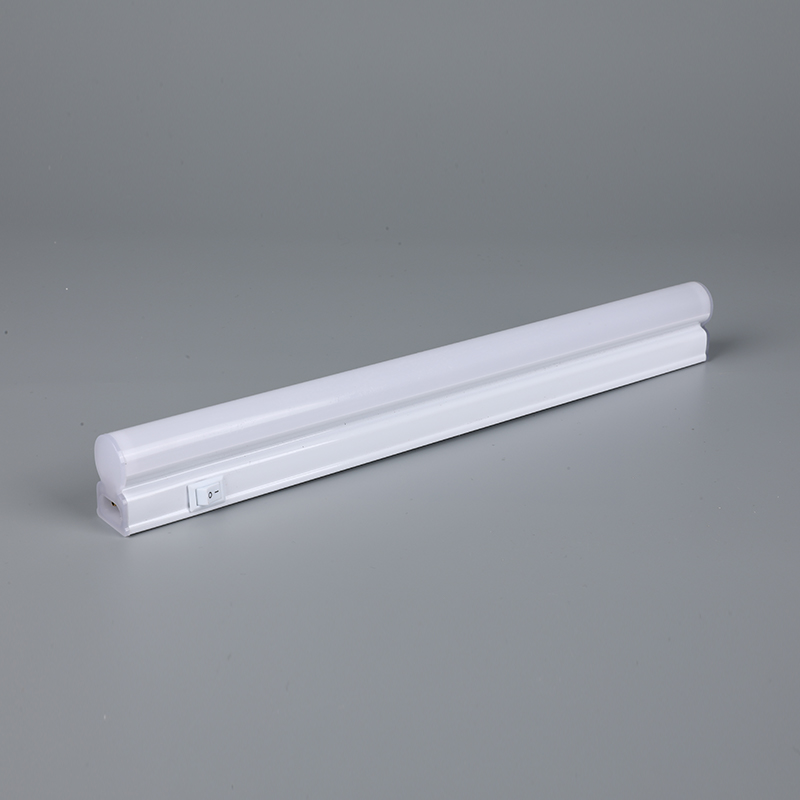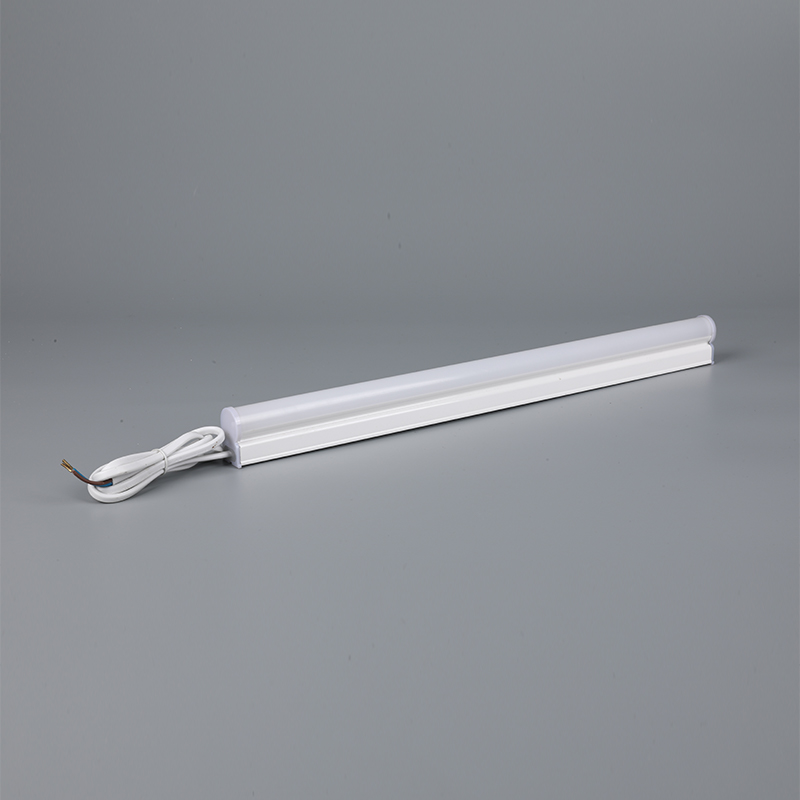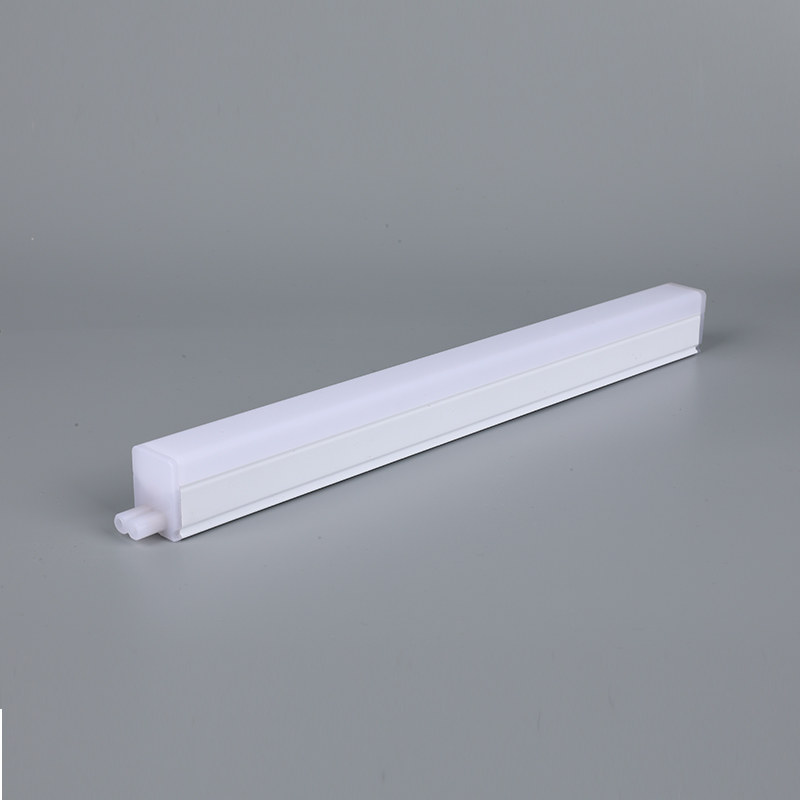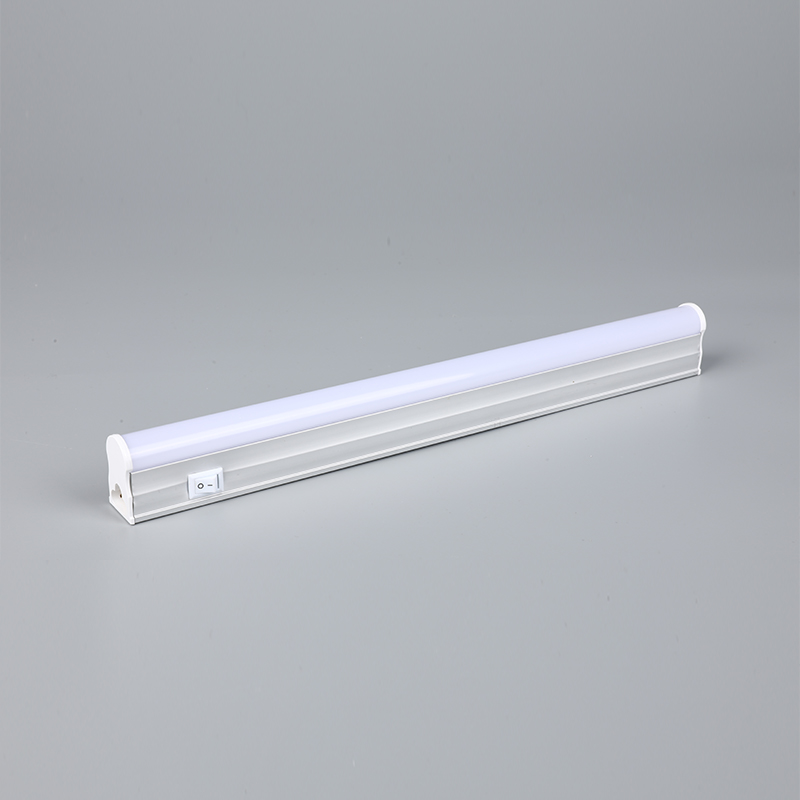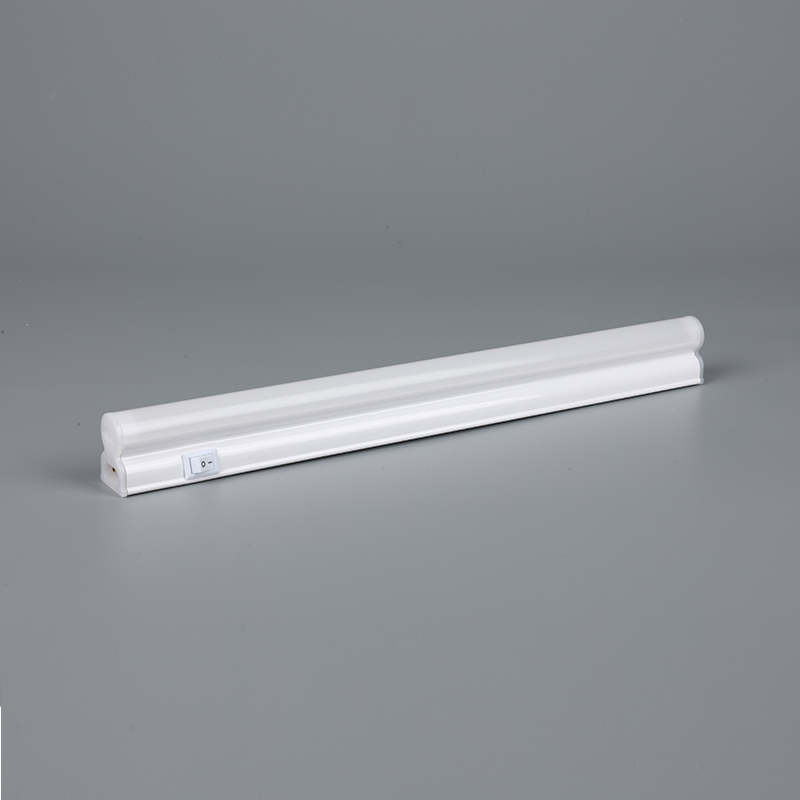The adoption of LED bulkhead lights over traditional lighting options can lead to significant cost savings and environmental benefits. Here's an overview of the potential advantages associated with using LED bulkhead lights compared to traditional lighting:
1. Energy Efficiency and Cost Savings:
LED Bulkhead Lights:
High Energy Efficiency: LED lights convert a higher percentage of electrical power into visible light, minimizing energy wastage as heat.
Lower Wattage: LED bulkhead lights can produce the same or higher brightness levels as traditional options with lower wattage, resulting in reduced energy consumption.
Energy Cost Savings: Lower energy consumption directly translates into cost savings on electricity bills over the lifespan of the LED lights.
Traditional Lighting Options (Incandescent or Fluorescent):
Energy Loss as Heat: Incandescent lights generate a significant amount of heat, leading to energy wastage. Fluorescent lights also lose some energy in the form of heat.
Higher Wattage: Traditional options often require higher wattages to achieve comparable brightness, contributing to higher energy costs.
2. Longevity and Maintenance Savings:
LED Bulkhead Lights:
Extended Lifespan: LED lights have a significantly longer lifespan than traditional options, reducing the frequency of replacements.
Lower Maintenance Costs: The longevity of LEDs results in reduced maintenance costs, as there is less need for bulb replacements and associated labor.
Traditional Lighting Options (Incandescent or Fluorescent):
Limited Lifespan: Incandescent bulbs have a relatively short lifespan, requiring frequent replacements and increased maintenance efforts. Fluorescent lights have a longer but still limited lifespan.
Replacement Costs: Frequent replacements contribute to higher maintenance costs, especially in applications where lights are challenging to access.
3. Environmental Benefits:
LED Bulkhead Lights:
Reduced Carbon Footprint: The high energy efficiency of LEDs results in lower carbon emissions compared to traditional lighting options.
No Hazardous Materials: LEDs do not contain hazardous materials like mercury, which is present in fluorescent lights. This reduces the environmental impact during manufacturing, usage, and disposal.
Traditional Lighting Options (Incandescent or Fluorescent):
Mercury Content (Fluorescent): Fluorescent lights contain mercury, posing environmental concerns. Safe disposal practices are required to prevent mercury contamination.
4. Reduced Heat Emission:
LED Bulkhead Lights:
Minimal Heat Emission: LED lights emit very little heat compared to incandescent bulbs. This is beneficial in reducing the load on cooling systems in indoor spaces.
Traditional Lighting Options (Incandescent or Fluorescent):
Heat Generation: Incandescent lights generate a significant amount of heat, contributing to higher cooling costs in certain environments.
5. Instant Illumination and Dimming Capabilities:
LED Bulkhead Lights:
Instant Illumination: LEDs achieve full brightness instantly without warm-up time, contributing to energy efficiency.
Dimming Capabilities: Many LED bulkhead lights are dimmable, allowing users to adjust brightness levels and further optimize energy consumption.
Traditional Lighting Options (Incandescent or Fluorescent):
Warm-up Time (Fluorescent): Fluorescent lights may have a noticeable warm-up time before reaching full brightness.

 English
English Español
Español

